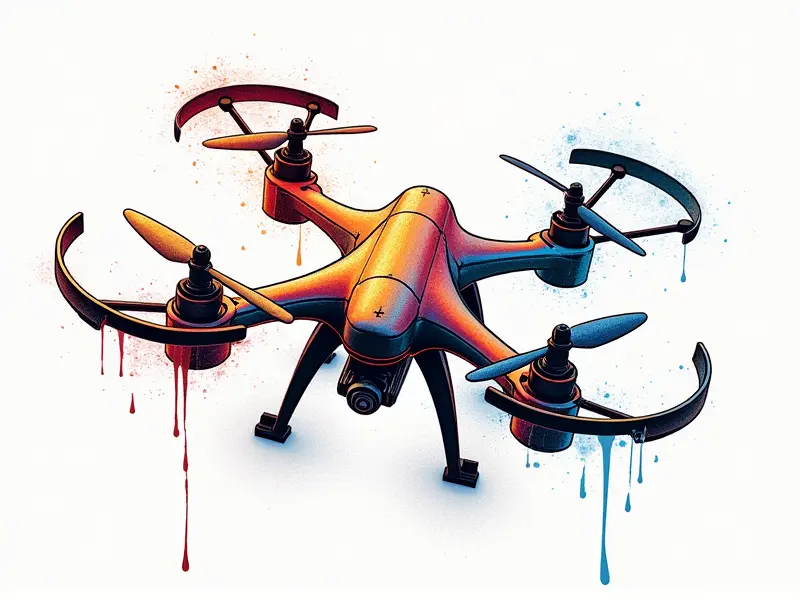FPV drone speed limits?

FPV Drone Speed Limits: Navigating Legal and Safety Guidelines
How Fast Can FPV Drones Go Legally?
The legality of FPV drone speed varies by country and region. In the United States, the Federal Aviation Administration (FAA) sets strict regulations for recreational and commercial use. For racing drones, there are specific guidelines that pilots must adhere to in order to ensure safety and compliance.
Understanding FPV Drone Speed Regulations
FPV drone speed regulations aim to balance the thrill of high-speed flying with public safety concerns. The FAA requires operators to maintain visual line-of-sight (VLOS) control at all times, which can limit how fast drones can safely fly in populated areas.
Legal Limits for FPV Drone Racing
The legality of racing depends on the venue and local laws. Many races take place in designated airspace or closed-off areas to minimize risk to bystanders. It's crucial for pilots to check with local authorities before organizing or participating in any race.
Maximum Speeds for FPV Racing Drones
The maximum speed of an FPV racing drone is influenced by several factors, including the power-to-weight ratio and aerodynamic design. Top-tier racing drones can reach speeds exceeding 100 miles per hour (mph), but this varies based on the specific model and setup.
Top Speed of FPV Drones in Flight
The top speed achievable by an FPV drone depends largely on its configuration. High-performance models with powerful motors and lightweight frames can achieve speeds up to 150 mph or more, but such extreme speeds are typically reserved for professional racing events.
Navigating FPV Drone Speed Regulations Safely
Ensuring compliance with speed regulations is essential for safe operation. Pilots should familiarize themselves with local laws and adhere strictly to the recommended VLOS guidelines. This not only protects bystanders but also helps maintain a positive public image for the hobby.
FPV Drone Racing: Speed Rules & Laws
Racing events often have their own set of rules, which may be more stringent than local regulations. These rules are designed to ensure fair competition and safety. Participants must follow these guidelines carefully to avoid penalties or disqualification.
Setting Safe Speed Limits for FPV Drones
To maintain safe speeds, pilots should consider the environment in which they fly. Urban areas typically have lower speed limits due to higher population density, whereas rural settings may allow for faster flight within legal boundaries.
Legal FPV Drone Speed Limits Today
The current legal speed limit for recreational FPV drones is generally not explicitly defined but rather implied through the requirement of maintaining VLOS control. This means that pilots must be able to see their drone at all times, which inherently limits how fast they can fly.
Pushing the Limits of FPV Drone Speed
Pushing the boundaries of speed in FPV drones is a common pursuit among enthusiasts and professionals alike. However, it's important to remember that extreme speeds come with increased risks. Pilots should always prioritize safety over raw performance.
FPV Drone Speed Laws Explained
The laws governing FPV drone speed are designed to protect both the pilot and the public. By understanding these regulations, pilots can enjoy their hobby while minimizing potential hazards. It's crucial to stay informed about any updates or changes in local laws.
Conclusion
Navigating the world of FPV drone racing requires a deep understanding of speed limits and safety guidelines. Whether you're a casual enthusiast or a professional racer, adhering to legal regulations ensures that everyone can enjoy the thrill of high-speed flight responsibly. By staying informed about local laws and best practices, pilots can continue to push the boundaries of what's possible while maintaining a commitment to public safety.

